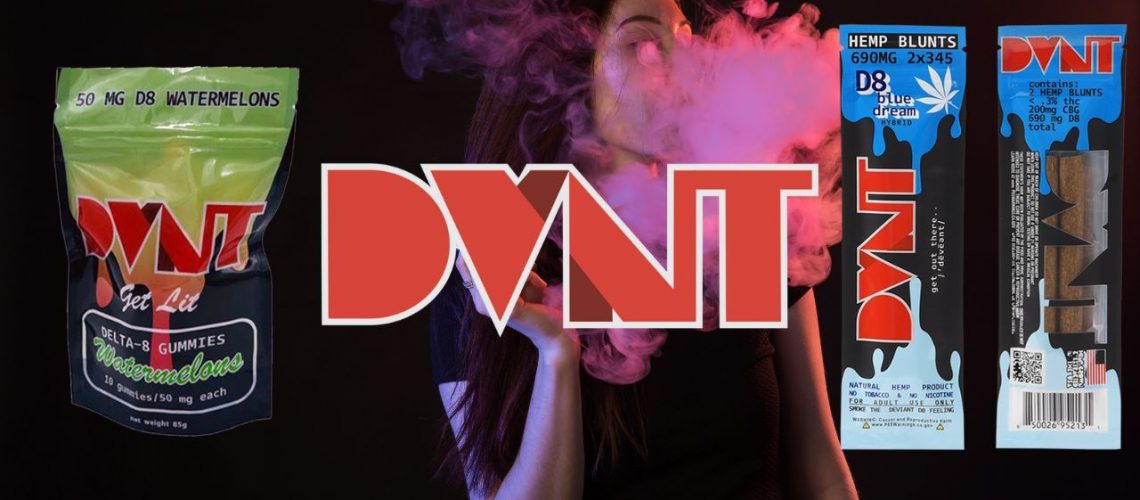A History of Cannabis Laws in the US: Part I

So we’ve talked about modern laws regarding HHC and delta 8 in the United States, but most of us remember that it wasn’t too long ago that cannabis and hemp were prohibited in every state. What was once frowned upon by society is now a wildly profitable (and socially acceptable) industry…but how did we get here? I thought it would be interesting to delve into the history of hemp and cannabis laws in the US so we can fully appreciate how far we’ve come in present day. So much has happened during our country’s history, that I actually had to divide this into two parts. Enjoy part one and stay tuned for part two!
Hemp In the New World
Let’s start at the beginning: how did hemp get here? Hemp’s origin story begins in Asia, where it is a native plant species. While other societies have used hemp/cannabis for thousands of years, North America wouldn’t become aware of its existence until 1545, when it arrived as a passenger aboard the ships of Spanish colonizers.
Hemp really caught on in the “New World”. In 1619 Virginia law required hemp to be grown on every farm in the colony. Virginia, Pennsylvania, and Maryland even accepted it as a form of currency. By the mid 1600s, hemp was thriving as a cash crop, useful for the production of rope, sails, and clothing.
Hemp production would peak in the mid nineteenth century, and was especially popular in Illinois, Indiana, Iowa, Kentucky, Minnesota, and Wisconsin. In the early 1900s, other fibers such as cotton would dethrone hemp as the leading fibrous crop, although American hemp production did experience a surge during both World Wars.
Early Cannabis in America
Perhaps it’s not surprising that cannabis was used medicinally in America towards the end of the nineteenth and beginning of the twentieth centuries. Compared to other popular medicines of the time such as arsenic and mercury (used for venereal diseases), opium (for diarrhea and cough), and cocaine (for toothaches), medical marijuana was pretty tame. In 1906, the Pure Food and Drug Act mandated that all cannabis needed to be labeled in all over-the-counter medicines.
It wasn’t until Mexican immigrants flocked across the border following the Mexican Revolution of 1910 that recreational cannabis use made its way to the US. Unfortunately, prejudice and fear directed towards these newcomers meant that people did not have a positive view of this “new” drug. Anti-drug campaigners advised against the “Marijuana Menace”, and they perpetuated a narrative that marijuana-smoking Mexicans were to blame for awful crimes around the country.
The Greatly Depressing Movement
Predictably, the situation did not improve during the Great Depression. People panicked that Mexican immigrants would take what few jobs were available, and negative attitudes towards marijuana increased. Certain government officials saw this as a great opportunity to capitalize on people’s misfortune. One such opportunist was Harry J. Anslinger. In 1930, he became the first commissioner of the US Treasury Department’s Federal Bureau of Narcotics. Most unfortunately, he would hold that position until 1962. With Prohibition finally losing momentum, the department needed a new substance to criminalize in order to stay relevant.
This man was not messing around; he referred to reefer as “the deadly, dreadful poison that racks and tears not only the body, but the very heart and soul of every human being who once becomes a slave to it in any of its cruel and devastating forms…Marihuana is a short cut to the insane asylum. Smoke marihuana cigarettes for a month and what was once your brain will be nothing but a storehouse of horrid specters. Hasheesh makes a murderer who kills for the love of killing out of the mildest mannered man.” Honestly, it sounds to me like he needed to worry less about what others were doing and maybe try getting high himself.
In 1931, twenty-nine states outlawed marijuana. The following year, the Uniform State Narcotic Act forced states to follow federal narcotic laws. Things really heated up in 1936 with the release of the propaganda film “Reefer Madness”. The movie really is full of “madness”; under the influence of pot, characters proceed to “hit and kill a pedestrian with a car; accidentally shoot a teen girl, killing her; beat a man to death with a stick (as others watch and laugh hysterically); and jump out a window to their own demise” (JSTOR). The Marijuana Tax Act of 1937 required that users pay a $24 tax, which is the equivalent of over $500 today according to the US Bureau of Labor Statistics.
40s-50s
In 1944, the New York Academy of Medicine released a report which denied that marijuana use led to criminal behavior or insanity. Unfortunately, legislators weren’t ready to give up their crusade so easily. Only hemp experienced a revival during this decade, and the US Department of Agriculture created the “Hemp for Victory” program, which incentivized American farmers to grow hemp by providing seeds. The program even bestowed draft deferments to individuals who would stay state side and grow hemp. The following decade, hemp’s association with the stigmatized drug of marijuana would render it obsolete.
The fifties were an even worse decade for recreational cannabis use. The 1951 Boggs Act set mandatory minimums for drug offenders and increased the sentences that were already in place. This Act placed consumers and traffickers in the same category, and labeled cannabis as a narcotic. Anyone caught possessing cannabis would have faced between two and five years in prison along with a $2,000 fine (the equivalent of over $23,000 today!).
If it was the second offense, penalties were even worse and offenders would have been looking at a five to ten year prison sentence. Third-time-offenders would have had between one and two decades in jail. Things got even worse in 1956 when the Narcotic Control Act increased penalties to a minimum of five years for first-time offenders and ten years for second-time offenders.
Keep an eye out for part two where we’ll learn about what happened in the sixties and beyond! In the meantime, celebrate where we’re at now with our awesome selection of prerolls, blunts, and disposable vapes.
